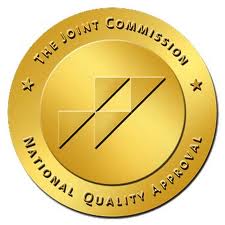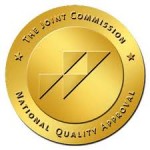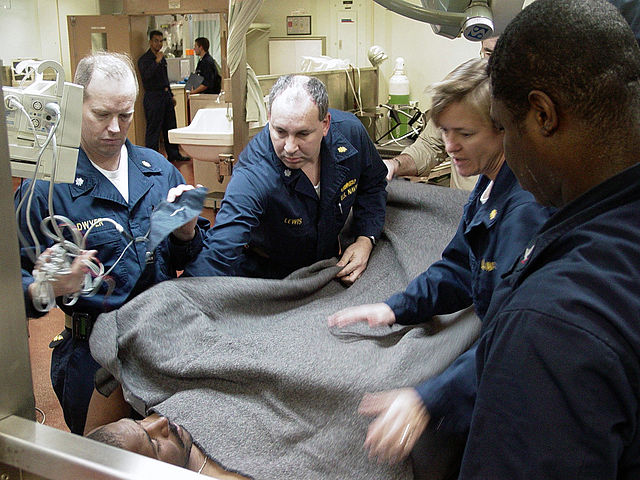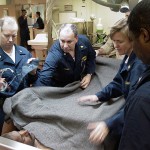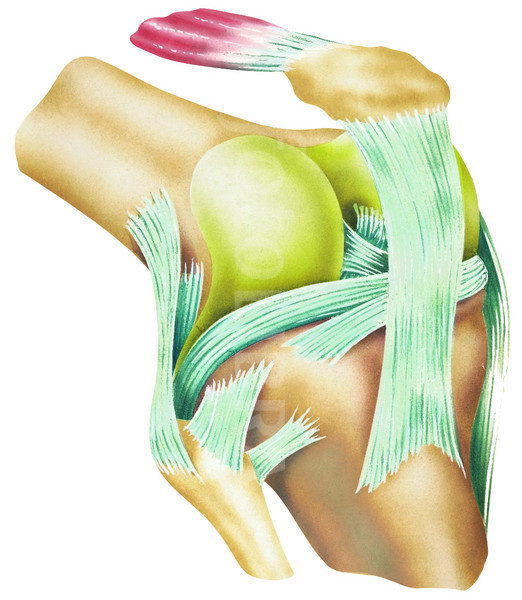 Never events are inexcusable actions in a health care setting, the things we talk about in the lounge and just can’t believe actually happened. We wonder how somebody could have possibly made such a terrible mistake. The National Quality Forum has formulated a list of 28 never events in the hospital setting. In the Operating room, never events include things such as wrong patient, wrong operation, wrong body part, use of contaminated drugs and many other issues. Click here for a list of never events.
Never events are inexcusable actions in a health care setting, the things we talk about in the lounge and just can’t believe actually happened. We wonder how somebody could have possibly made such a terrible mistake. The National Quality Forum has formulated a list of 28 never events in the hospital setting. In the Operating room, never events include things such as wrong patient, wrong operation, wrong body part, use of contaminated drugs and many other issues. Click here for a list of never events.
A recent press release from Johns Hopkins University School of Medicine states that across the country, never events occur at lease 4000 times per year. The press release refers to research done over a 10 year period to quantify the occurence rate of never events. Among other things, the study found: Of the 80,000 patients who were affected by never events, 6.6% died, 32.9 % suffered permanent injury, and 59.2% suffered temporary injury as a result of the mistake. The events also led to 9,744 paid malpractice claims over the same period with payments totaling $1.3 billion.
The press report mentions policies hospitals and healthcare centers can implement to prevent never events, including mandatory “timeouts” in the operating room before operations begin to make sure medical records and surgical plans match the patient on the table. Other steps include surgical checklists as well as surgical instruments with electronic bar codes that allow for precise counts of materials and limit human error.
Click here to read the press release from Johns Hopkins.
As CRNAs, we are instrumental in developing a corporate culture of safety. As leaders in the perioperative area, CRNAs can make a difference.









